I don’t know how many workshops the costumiers Berman and Nathans had scattered about Covent Garden but I do know that working at Orange Street was something else again. We got some really choice costumes to make. The next 70s classic film came along – The Three Musketeers – or is that The Four Musketeers because the film ended up becoming two films. The actors were incensed when the one long film shoot turned into two films. Lawsuits were filed against the Salkind family who produced the film, as a result of which it is now common to have a Salkind clause in Screen Actors Guild members’ contracts that stipulates exactly how many films they are signed up for.
The commute in from my home in Surrey was quite strange – think men in bowler hats, fumblers and flashers, people who read Aleister Crowley books and went to strange occult meetings and people wearing a lot of brown, orange and beige. They were all very friendly and keen to talk to a young girl like me and I had lots of invites (which I declined) to go to these strange meetings. I worked hard during the day, searched out exciting new places and shops in my lunch break, or wandered around the National Gallery, and went to folk clubs or gigs in the evening. Cranks opened its first wholefood shop, Heals became a thing, girls shopped at Laura Ashley and boys collected vinyl records by the yard. I would take home small gifts for my mother, father or sister every Friday glad to be the happy wage earner and would knock up a long flowing skirt in Liberty print lawn in 30 minutes ready for the next gig.
Once a month the girls in my workshop would pool together all their luncheon vouchers and go out for a proper lunch at a curry house in Soho. Luncheon vouchers were a way for employers to subsidise midday meals for staff and was exempt from tax. They were a hang over from after the war when food rationing was still in place. They were worth something like 3 shillings (15p today). My personal treat was to go up to Berwick Street – to buy fabric of course – and swap my vouchers for an enormous slice of real cheesecake… the sort that was baked and had raisins in it.
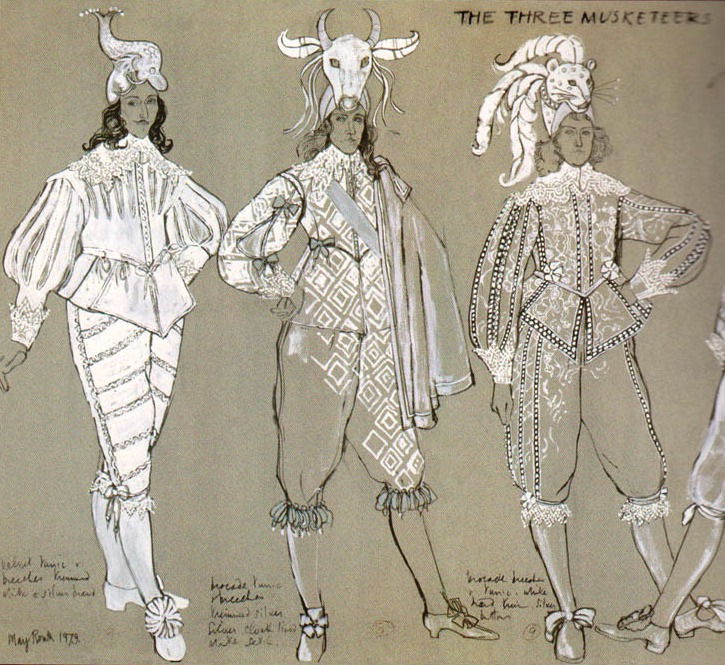
The Three Musketeers was a kind of comedy parody of the real musketeers – lots of swashbuckling and heaving bosoms, fabulously camp costumes and totally bizarre headdresses. It was more than just star studded with Oliver Reed, Raquel Welch, Richard Chamberlain, Michael York, Frank Finlay and Christopher Reed, Faye Dunaway and Charlton Heston to name but a few.
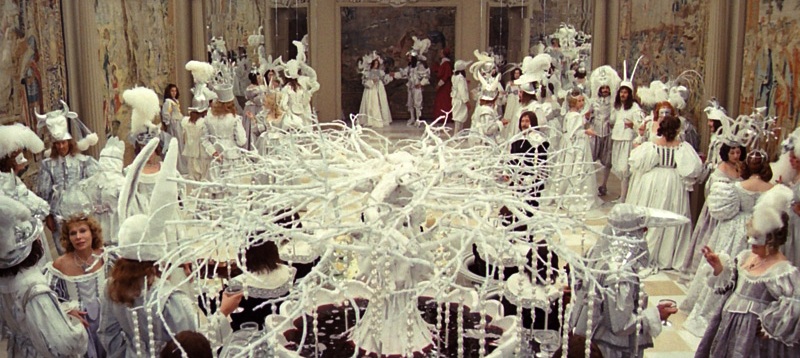
Our job was to make some of the leads’ costumes alongside a good many of the costumes worn in the great ballroom scene. My fingers would be blistered and bleeding at the end of each day from pushing boning through the many petticoats and corsets, or crunching out countless numbers of eyelets down the front of corsets to allow the corsets to be tightly laced. The costumes required an inordinate amount of hand stitching too.
Puffed sleeves in lace and silk were pulled through slashes, or lined and braided strips of fabric, in the doublets. The puffs on women’s outfits were gathered up by ribbons. Breeches needed tiny buttons and tiny button holes all stitched by hand to close the trousers below the knee. And seemingly everything, whether it was for a man or a woman was adorned with lace.
The costumes took days and days to make and required people with many different skills – just as it would have done in the 17th century. Downstairs in the basement it had turned into a palace of glittery things, feathers and ribbons, and all manner of flimsy in white, silver or gold. The great Ball scene called for the most outrageous head gear – as you can see in the photograph below. The runners were kept lean, running back and forth between Berwick Street and the various workshops. And all the while our pattern cutter worked tirelessly to position and cut often tiny pieces of fabric and lining material, allotting them to one or other of us to assemble.
We, the girls (some of whom were already in the there 30s or 40s), sat around a large table for handwork and went to our own machines to stitch. Our cutter had the classic pattern cutting table, a worktop of at least a metre width and two metres length, with a low shelf slung underneath for calico and other materials. The calico was used to make a muslin which is basically a mock-up of the finished garment for the first fitting. We were proud that our muslins rarely needed much adjustment as our cutter was so experienced.
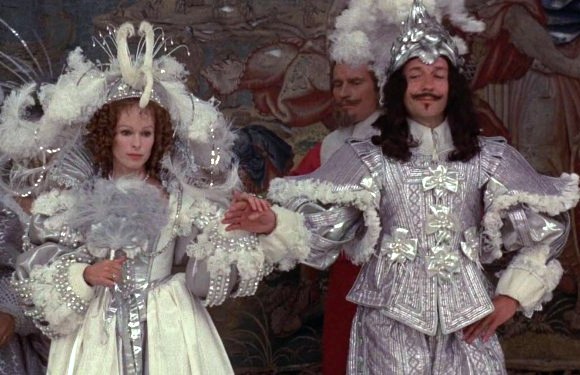
But it was also a sad time for young people of that era. We were the first generation to lose friends to the devastating effects of drugs like LSD. I had two close male friends who never really returned from some ‘bum trip’ and one who was diagnosed as being schizophrenic who I sometimes used to visit at Friern Barnet ‘mental’ hospital – which is what people called it at that time. He had walked down Walton-on-Thames high street quite stark naked, convinced he was Jesus. He had already been hearing voices telling him he must stop playing his guitar because Satan was in it and so on. The Jesus thing was just the last straw. I often wonder what happened to my friend after I left London and Surrey.
In the end I simply could not take this dark side of post war and post 60s London. I decided that the best place for me was Cornwall. My mother had grown up there and we had spent large chunks of the summer down there as children and I loved the place more than anything else on earth. So I upped sticks, despite it being the blustery autumn, and headed down there as London became an increasingly frightening place for everyone.
No more nights out to see bands and musicians like Genesis, Barclay James Harvest, Pink Floyd, Soft Machine, Syd Barrett, The Incredible String Band, Fairport Convention, Steeleye Span, Stevie Windwood, Jethro Tull, Joni Mitchell and Melanie. Me and my own guitar, my knitting and my sewing box were headed South West, escaping just before the era of New Wave and Punk could take London and Londoners on an even stranger journey.
The next ten years would see me married with children, pigs, a goat, chickens, ducks and geese, and even a cow. But that, as they say, is a whole other story…

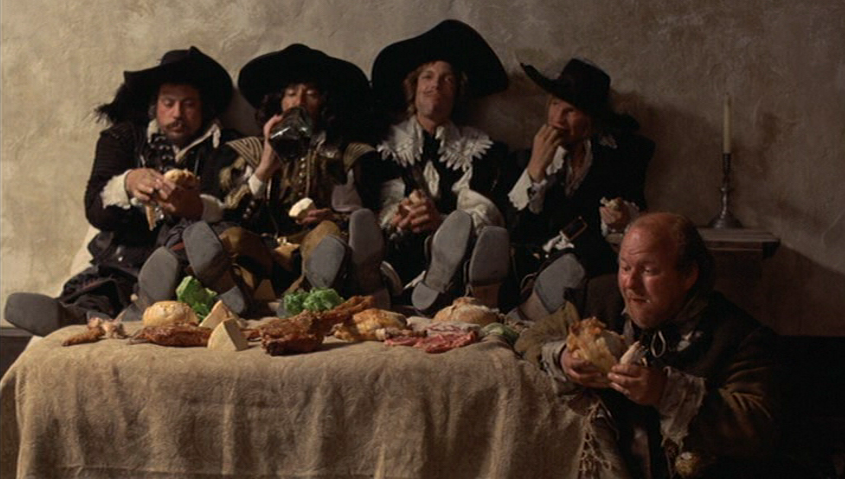
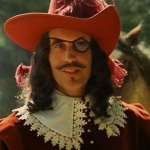
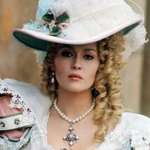
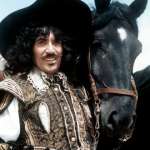
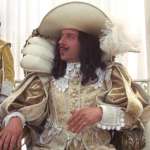
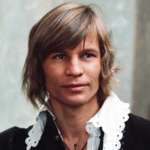
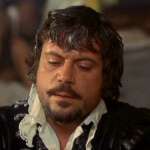
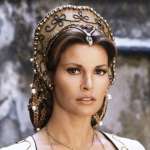
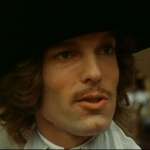
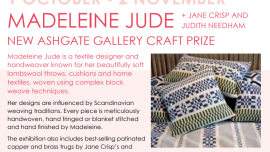

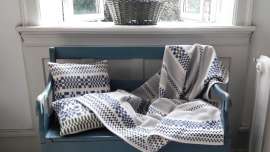
2 Comments
Paul Isaac
29th May 2019 2:41 pmHi there
I wonder do you might be able to help. I am always looking g for 1970s/80s/90s movie costume pieces and wondered if you might have kept anything from your time working with bermans and Nathan’s. Any response would be greatly appreciated.
Many thanks in advance
Paul
Madeleine Jude
12th August 2019 12:48 pmHi Paul. I’m sorry to have taken so long to respond to your enquiry. I’m afraid that as lowly seamstresses we were not allowed to keep anything and we never knew what happened to the costumes after use. But good luck with your quest. The workmanship of that time was superb so you must have some fabulous pieces. Madeleine
Leave a Reply